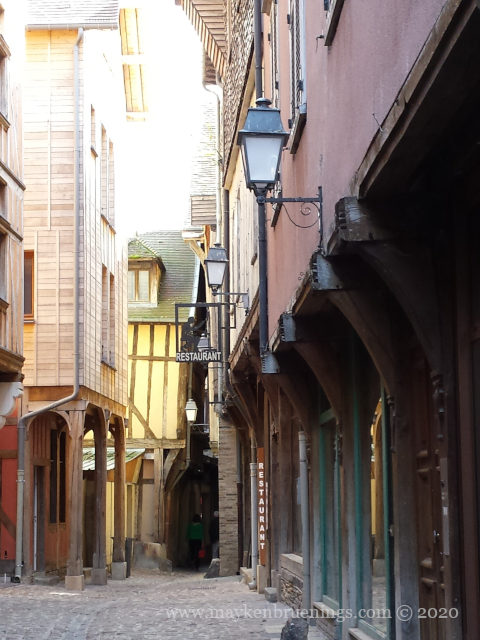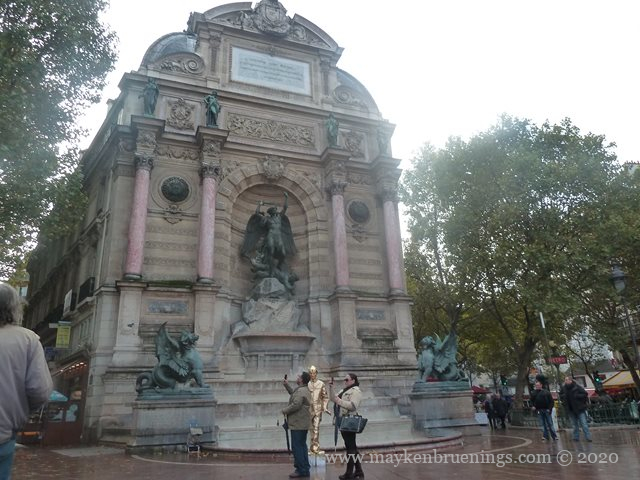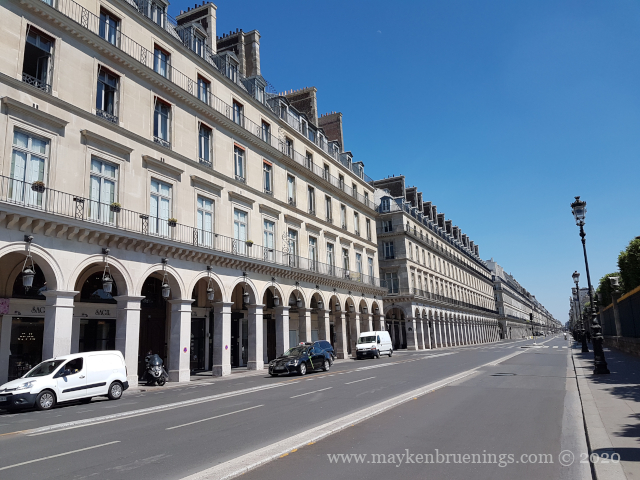One thing that will strike you when you look at a map or a satellite view of Paris are those wide streets, called avenues and boulevards, that run through the city. They look like someone had drawn them with a ruler, which is somewhat unusual for an old European city.
But they were drawn with a ruler, so to speak, by Baron George Eugène Haussmann. Let me tell you how and why he transformed Paris in the mid-1800s.
It was the time of the Second Empire, the reign of Napoléon III, nephew of Napoléon Bonaparte (who reigned during the First Empire).
Napoléon III had lived in exile in London, and he had been impressed by the city that was rebuilt after the big fire of 1666, becoming a model for hygiene and modern urbanism.
Made Prefect of the département Seine (Paris), Baron Haussmann was given the task by Napoléon III to transform Paris.
The city was composed of crowded neighborhoods with narrow streets, dirt abounded, clean water and clean air were scarce.

Haussmann wanted to improve the flux of people, goods, air and water for the city. The name of his campaign was Paris embellie, Paris agrandie, Paris assainie – A more beautiful, bigger, and cleaner Paris.
Another aim of his campaign was to prevent possible popular unrest, which was quite frequent in Paris: Following the 1789 French Revolution, there had been revolts notably in 1830 and 1848. (The 1830 uprising inspired the barricades in Victor Hugo’s Les Misérables).
By demolishing the old center of Paris, Haussmann deconstructed the centers of unrest and scattered the working-class population throughout the new neighborhoods.
The old crowded neighborhoods were destroyed, narrow streets made way for large avenues and boulevards. The new train stations are served by some of them, to facilitate the transport of goods arriving by train.
In order to improve hygiene through better air quality, new parks were created (Parc Montsouris in the south of the city, Parc des Buttes Chaumont in the northeast) and existing ones improved (Bois de Vincennes, Bois de Boulogne).
A square (small park) was set up in each of the 80 neighborhoods. (Four neighborhoods constitute one arrondissement.)
Haussmann also transformed the Place Saint Michel and its fountain which had marked him in his student times by its dirtiness.

In order to showcase monuments both new and old, Haussmann organized vast perspectives by creating avenues (such as the Avenue de l’Opéra for the Opéra Garnier) or squares, such as the one in front of Notre Dame.


In parallel, working with engineer Eugène Belgrand, Haussmann created a water conveyance network as well as a modern sewer network, and launched the construction of theaters (Théâtre de la Ville and Théâtre du Châtelet) and two train stations (Gare de Lyon and Gare de l’Est).



It is estimated that the works of Baron Haussmann modified 60% of the city of Paris.
The new buildings lining all those new avenues and boulevards are a story in themselves.

